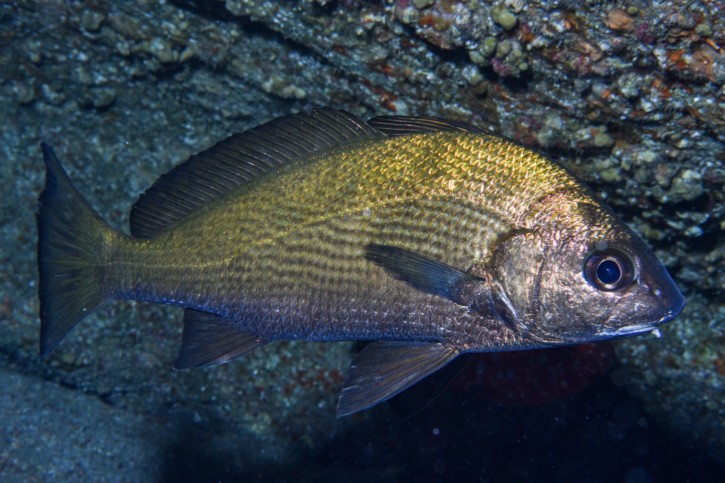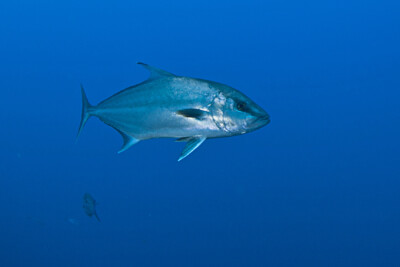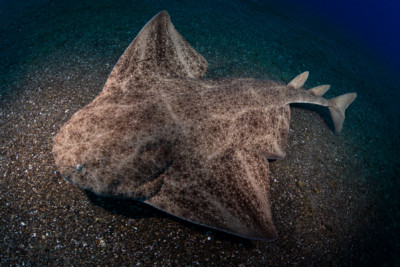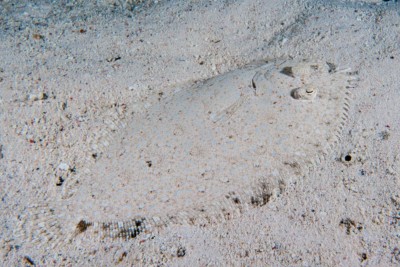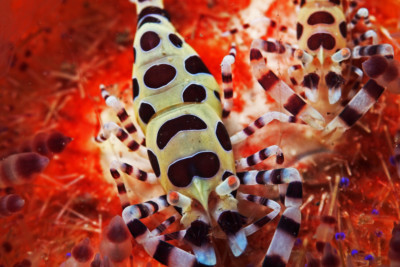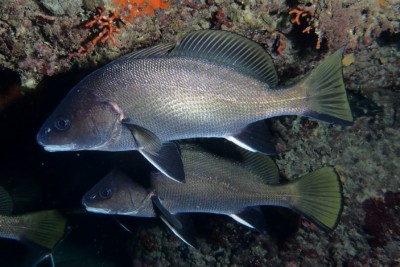canary drum
| Scientific name | Umbrina canariensis |
|---|---|
| Descriptor | Valenciennes |
| Year of description | 1843 |
| IUCN category (World) | LC |
| Family | Sciaenidae |
| Genus | Umbrina |
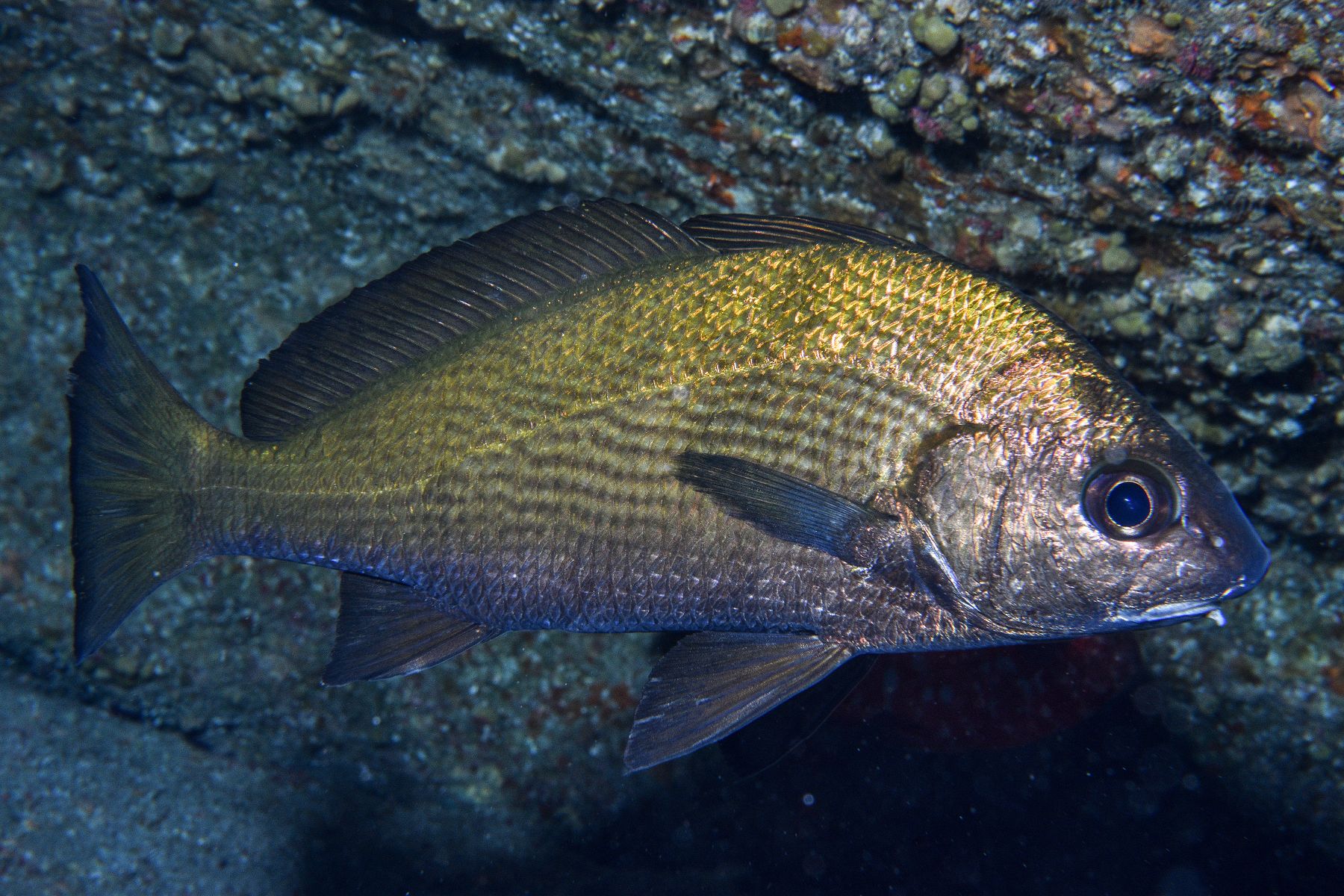

Introduction
Umbrina canariensis, commonly known as canary drum, is a salt water fish.
This sheet is currently being prepared. The texts currently proposed come from our data model or are being drafted. To request priority for this content, you can write to us HERE.
Who is it?
Morphology
-
Average size40 cm
-
Maximum size80 cm
-
Longevity10 year
-
ShapeOval
-
Average size40 cm
-
Maximum size80 cm
-
Longevity10 year
-
ShapeOval
How to recognize This fish ?
This fish has the particularity to possess several pairs of barbels, which allow him to search the bottom and to detect the food thus moved.
The canary drum measures between 40 and 80 cm. This fish is unicolore with a predominantly marron body.
Behaviour & Life cycle
-
dietcarnivorous
-
Sociabilityliving in small groups
-
territorialNo
-
Way of livingdiurnal
This species is known to emit sounds easily audible by humans.
The canary drum is a fish living in small groups naturally found at mid-depth and near the bottom. This species is carnivorous .
n general, this species does not care much about other animals crossing its path.
Reproduction
-
Reproductionovipare qui pond en eau libre
The canary drum is a fish ovipare qui pond en eau libre.
Harmless species
This species does not represent any particular threats to humans when encountered in its natural environment.
Origin and distribution

Conservation status of populations (IUCN)
What is its habitat?
Natural environment characteristics
-
Temperature12 - 20 °C
-
Depth50 - 300 m
Biotope presentation
The canary drum is most often found at a depth between 50m and 300m. However, it is not impossible to find this species at other depths.
Species of the same biotope
To go further
Sources & Contributions
Participation & Validation
The Fishipedia team and specialist contributors are committed to providing high-quality content. However, although the information comes from scientific sources or testimonials from specialists, the cards may contain inaccuracies.

Adrien Falzon

Benoit Chartrer
Translation
Translation done with the valuable contribution of our translators, who make this information available to a wider audience. We sincerely thank them for their commitment.
Scientific partners
Tags
#Sciaenidae
#Umbrina
#épave
#fonds sablonneux
#Persian Gulf
#mer d'Oman
#Mediterranean Sea
#Red Sea
#Océan Atlantique Est Afrique - Angulhas
#Océan Atlantique Est Afrique - Bengala
#Océan Atlantique Est Afrique - Golfe de guinée
#Temperate Eastern Atlantic Ocean
#Océan Atlantique Est Afrique - Transition & Cap Vert
#Eastern Cold Atlantic Ocean
#Eastern tropical Atlantic Ocean
#western Indian Ocean
Species of the same family
Species of the same biotope
